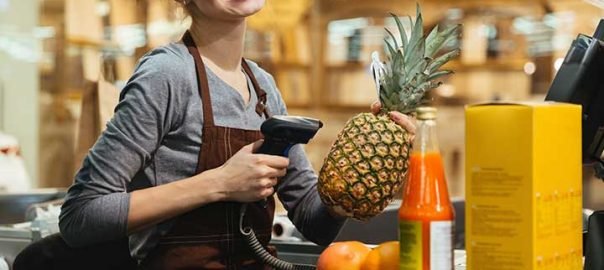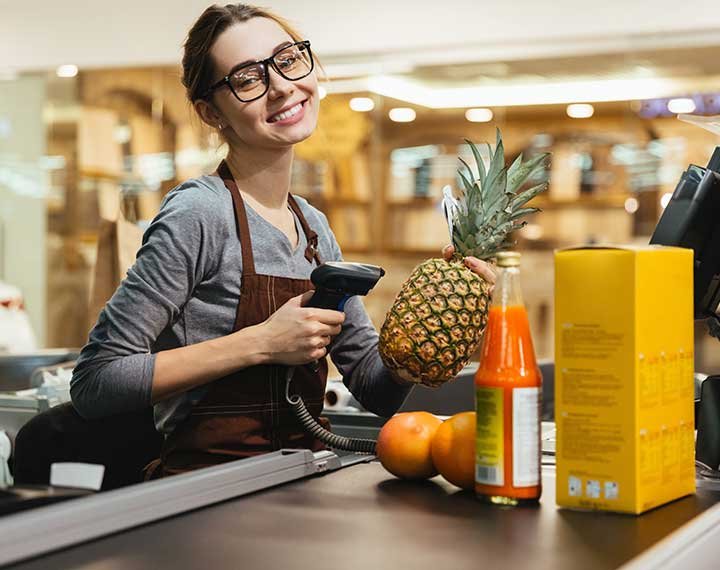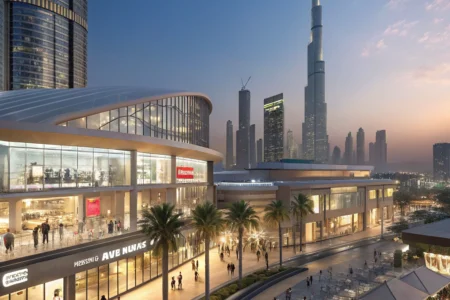
Retail Sector Objectives in the Kingdom of Saudi Arabia
In the last couple of years, the retail sector in the Kingdom of Saudi Arabia has witnessed significant growth. This growth is driven by the country’s youth, expanding middle class, shifting consumer preferences, the development of retail infrastructure, warehousing, supply chains, logistics and marketing, with consumers increasingly opting for omnichannel shopping.
A key driving force is the country’s Vision 2030 initiative, which aims to reduce the country’s reliance on oil revenues and foster growth in non-oil sectors. As a result, the retail sector has experienced substantial investments and regulatory reforms to promote competition. The ambitious Vision 2030 initiative also seeks to increase women’s participation in the Saudi retail workforce. Consequently, the retail industry in Saudi Arabia is witnessing a growing number of women taking on roles ranging across job functions to leadership positions.
The Kingdom of Saudi Arabia is host to a wide array of local and international retail brands, catering to and adapting to consumer preferences. Riyadh and Jeddah are the leading cities in Saudi Arabia’s retail market. As the capital, Riyadh commands a significant market share, driven by its large population and substantial consumer spending. Jeddah, recognized as the commercial center, gains from high tourist traffic, a large expatriate population, and a strong retail infrastructure. Together, these cities act as a crucial distribution hub for both local and international retail brands.
According to Statista, retail sales in Saudi Arabia are projected to reach approximately 176.5 billion U.S dollars by 2026.
Prominent retail brands such as Chalhoub Group, Landmark Group, Panda Retail, Cenomi, Brands for Less and Al Sadhan Group have established a strong presence in the Saudi market, offering a diverse range of products and services across categories like groceries, fashion, electronics and household goods. These retailers, along with Hypermarkets, Supermarkets and e-commerce platforms like SASCO, Nesto Group and Lulu Hypermarket, play a crucial role in driving retail sales in the country. Their diverse offerings and extensive reach make them key players in meeting the growing demands of the Saudi consumers. Among the various retail sectors, food and beverage is the fastest growing retail market in the Kingdom of Saudi Arabia. This growth is fueled by an expanding population, rising disposable income and a rising demand for premium and healthier food options.
The future of the retail sector looks promising, thanks to advancements in technology and infrastructure.
Technology is revolutionizing Saudi Arabia’s retail sector through innovations in e-commerce, mobile payments, and artificial intelligence. Platforms like Noon and Amazon.sa are growing quickly, while mobile payment solutions such as Mada Pay, Apple Pay and STC Pay provide consumers with easy and secure transactions. AI and data analytics help create personalized experiences and streamline inventory management. Retailers are adopting omnichannel strategies to offer a smooth shopping experience across both online and physical stores. Augmented Reality (AR) and Virtual Reality (VR) are enhancing the shopping journey in fashion and home goods. Furthermore, IoT and automation are optimizing supply chains and improving operational efficiency.
In conclusion, The Kingdom of Saudi Arabia’s retail market is poised for continuous growth, fuelled by technological innovations, strategic investments, and changing consumer preferences. The Vision 2030 initiative, together with a dynamic workforce and expanding infrastructure, has created a competitive environment that supports both local and international retail brands. As the sector evolves, the integration of omnichannel strategies and advancements in technology will further enhance the shopping experience, ensuring Saudi’s retail industry remains a key player in the global market.








